Poha – Flattened Rice: Qualities, Medicinal Uses, Recipes
By Dr MS Krishnamurthy MD(Ayu), PhD
Beaten rice, Poha is also called flattened rice. It is nothing but rice that has been parboiled, rolled, flattened and then dried to produce flake/compressed chips.
Even though it is not so easy to digest its ready/instant usage nature makes the people of India, Nepal , Bangladesh, Mauritius, Shrilanka etc to use it in routine. It is generally used to prepare snacks or light and easy fast food.
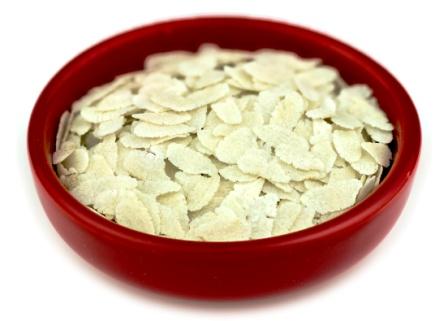
Table of Contents
Vernacular names
Hindi name – Poha, Pauwa
Kannada name – Avalakki
Bengali name- Chira
Bhojpuri name – Choiura
Bihari name – Chiura
Gujarati name – Pauaa/Paunva
Konkani name – Phohu
Malayalam name – Aval
Marathi name – Pohe
Nepali name – Chiura
Oriya name –Chuda, Huda
Rajasthani name –Poya
Tamil name – Aval
Telugu name – Atukulu
Preparations
Different ways of consuming flattened rice:
Even though beaten rice can be taken in raw form itself usually it is taken by partial cooking, heating/frying, seasoning with other vegetables/spices etc.
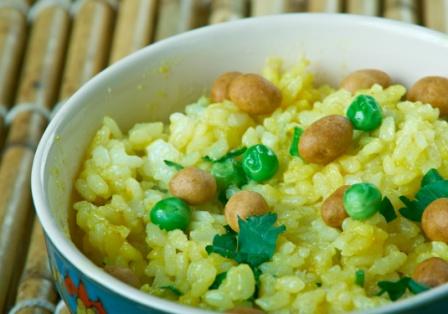
Poha is eaten by immersing it in plain water or milk, with salt and sugar to taste, or lightly fried in oil with nuts etc. Some add jaggery, grated coconut, or spicy mixture too.
It has taken a unique position in menu of south Indian hotels and restaurants.
In market two varieties are available and they are in thick and thin forms.
They are used in raw, semi processed or fully modified forms also. People prepare Dosa also out of beaten rice where it is a substitute to rice itself or partially it
the place of rice.
Prithuka
Ayurveda explains beaten rice in the name –Prithuka.
Ayurveda rasayana’s commentary on Ashtanga hridaya quotes as below-
Rice when parched and flattened it is known as Prithuka. Here paddy that is not de-husked is moistened/cooked and slightly fried and flattened.
The qualities of beaten rice is evident over here that it is heavy for digestion; but nutritive.Intake of beaten rice in large quantity causes constipation and worsens Kapha dosha or blocks Kapha (phlegm).
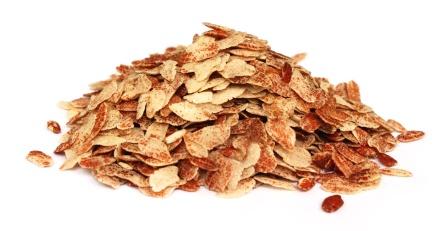
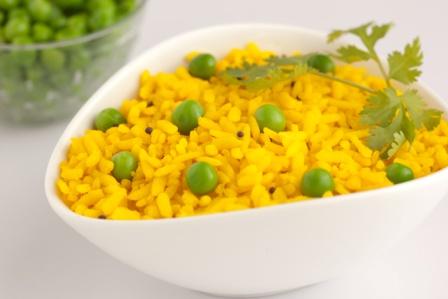
Precaution
A precaution while taking Poha:
Acharya Charaka says – Poha is heavy and one should not consume raw flattened rice in large quantities.
In other way if it is taken by processing or cooking with the substances which are counteracting the properties of beaten rice it may not produce its untoward effects.
“After having taken food, one should never take such heavy articles like pastries, rice, Pruthuka (boiled and Flattened rice). Even when hunger one should take these articles only in proper quantity.” – Charaka Sutrasthan 5th chapter-9
Or else excess intake may lead to indigestion, distension of abdomen, heaviness, burning sensation, constipation, worsening of haemorrhoids, head ache, rigidity of the body parts, burning urination etc. So after the intake of beaten rice it is always advisable to take warm water or milk or buttermilk so as to nullify its effects.
Sanskrit verse
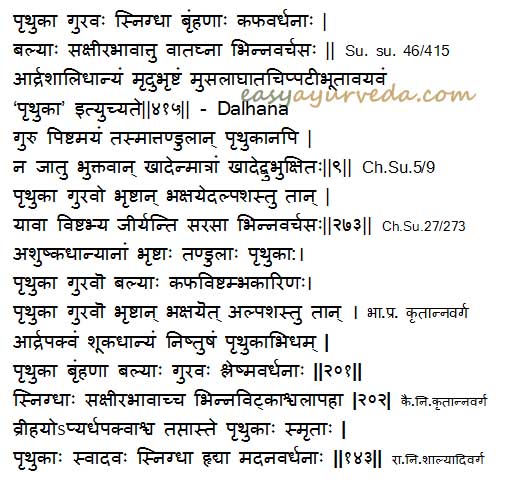
Traditional references of Flattened rice:
Poha qualities
Guru – heavy to digest
Snigdha – unctuous, oily
Brimhana – nourishing, causes weight gain
Vishtambhakari – may cause mild constipation
Hrudya – cardiac tonic, good for heart
Madanavardhana – natural aphrodisiac
Effect on Tridosha:
Increases Kapha Dosha and balances down Vata Dosha.
Method of preparation, types
Method of preparation as per Dalhana –
Wet rice is dry fried a little and then beaten with mortar and pestle to form Pruthuka.
Difference between thick Poha and thinner Poha:
They are very similar in action. Thicker variety is more Guru (heavy to digest) and can cause more increase of Kapha Dosha.
Click to consult Dr MS Krishnamurthy MD(Ayu), PhD









9 comments
Gita
The Gujerati way of making this into a savoury snack is to dry roast the poha, and then add spices, nuts and raisins. This makes it more vata increasing because it becomes more dry. However it seems to become lighter and crisper (more vata) – does this reduce its guru quality?
Dr J V Hebbar MD(Ayu)Author
Hi, for any dish, processing with spices reduces kapha qualities such as guru and increases pitta (ushna) and Vata (katu rasa increases Vata).
Gita
But does dry roasting it also reduce its guru quality? Thanks Dr Hebbar
zubesky
Sir instant poha mix is good or bad for health? Also poha is ideal for breakfast or dinner?
Dr J V Hebbar MD(Ayu)Author
Anything “instant” is usually not good and may cause digestion problems. Phoa is ideal for morning, though, it can be taken at night as well.
kalpana
hello dr,
so people with vata prdomanent constitution should avoid dry roasted poha as snack due to its dry quality and increase vata. is there any specific season when we can have that without negative impact on vata.
oh my god what to eat…. if you go through different dr and articles 99% food items..grains, beans, legums, fruits, lentils affect vata ..
thanks
Dr J V Hebbar MD(Ayu)Author
Hi, poha with milk or curd or fried with ghee can pacify vata.
Read related about Vata diet –
https://www.easyayurveda.com/2010/05/19/ayurveda-vata-diet/
k.harish
Hi,My eat pachi atukulu so good or bad
Dr J V Hebbar MD(Ayu)Author
It is good.